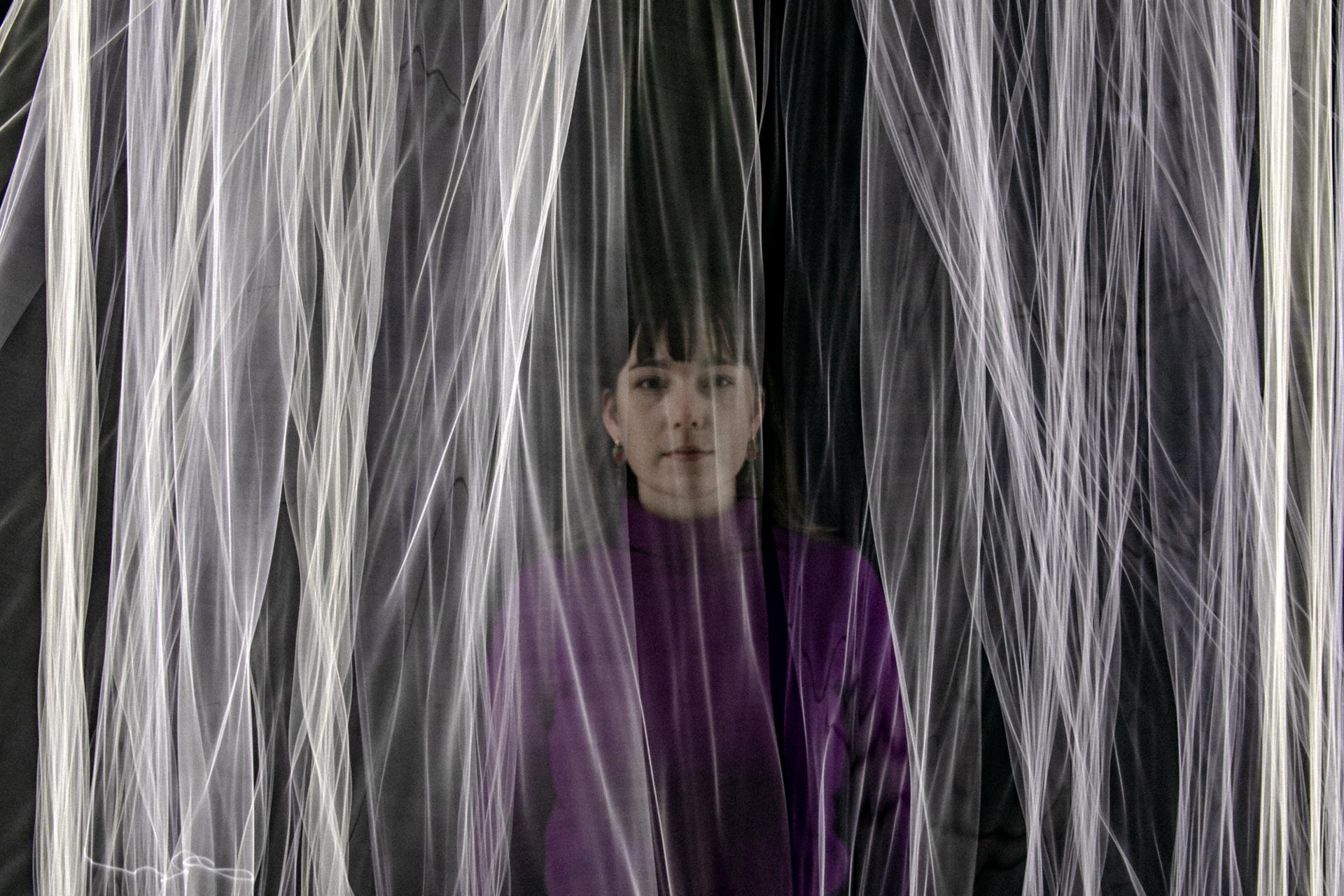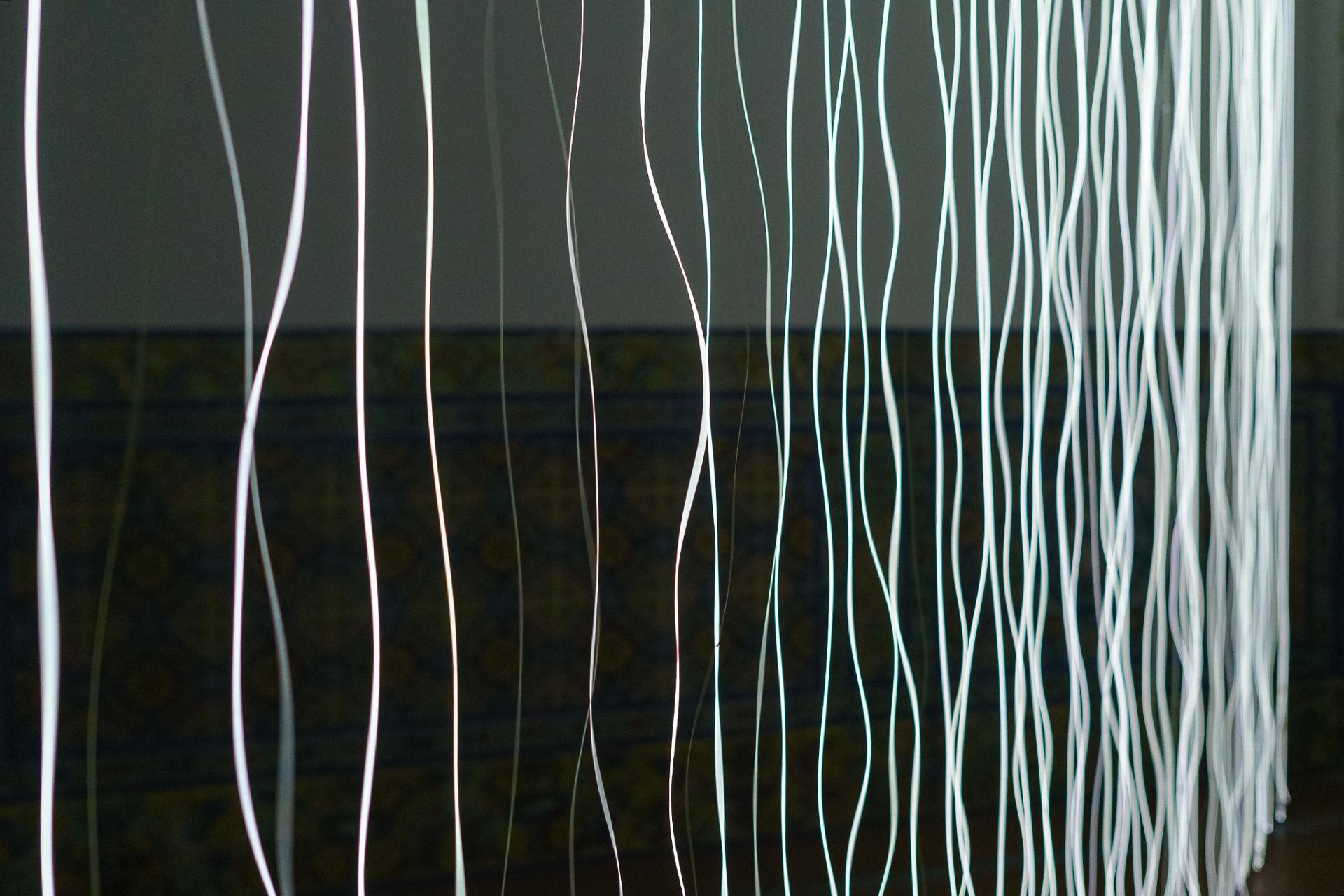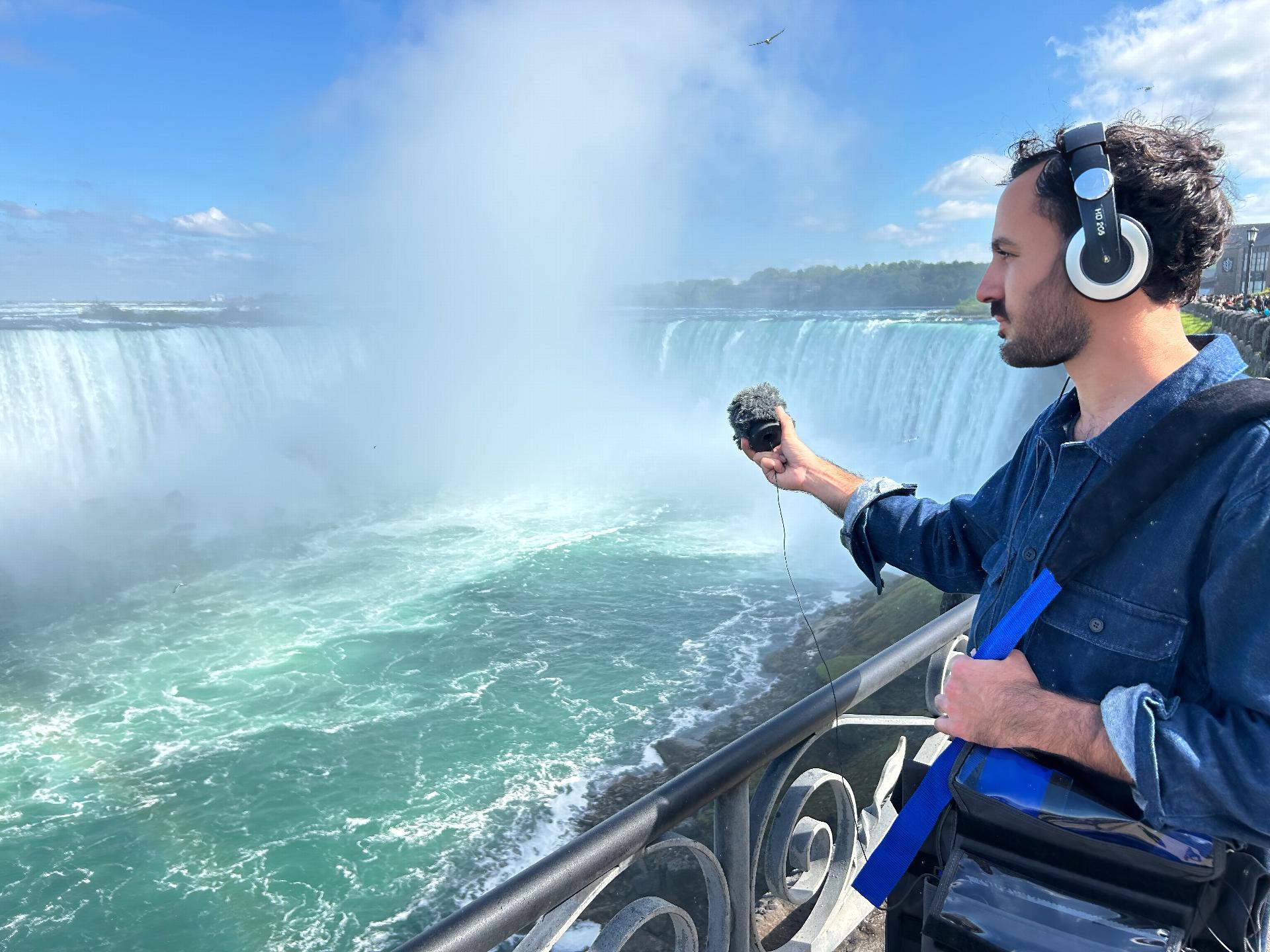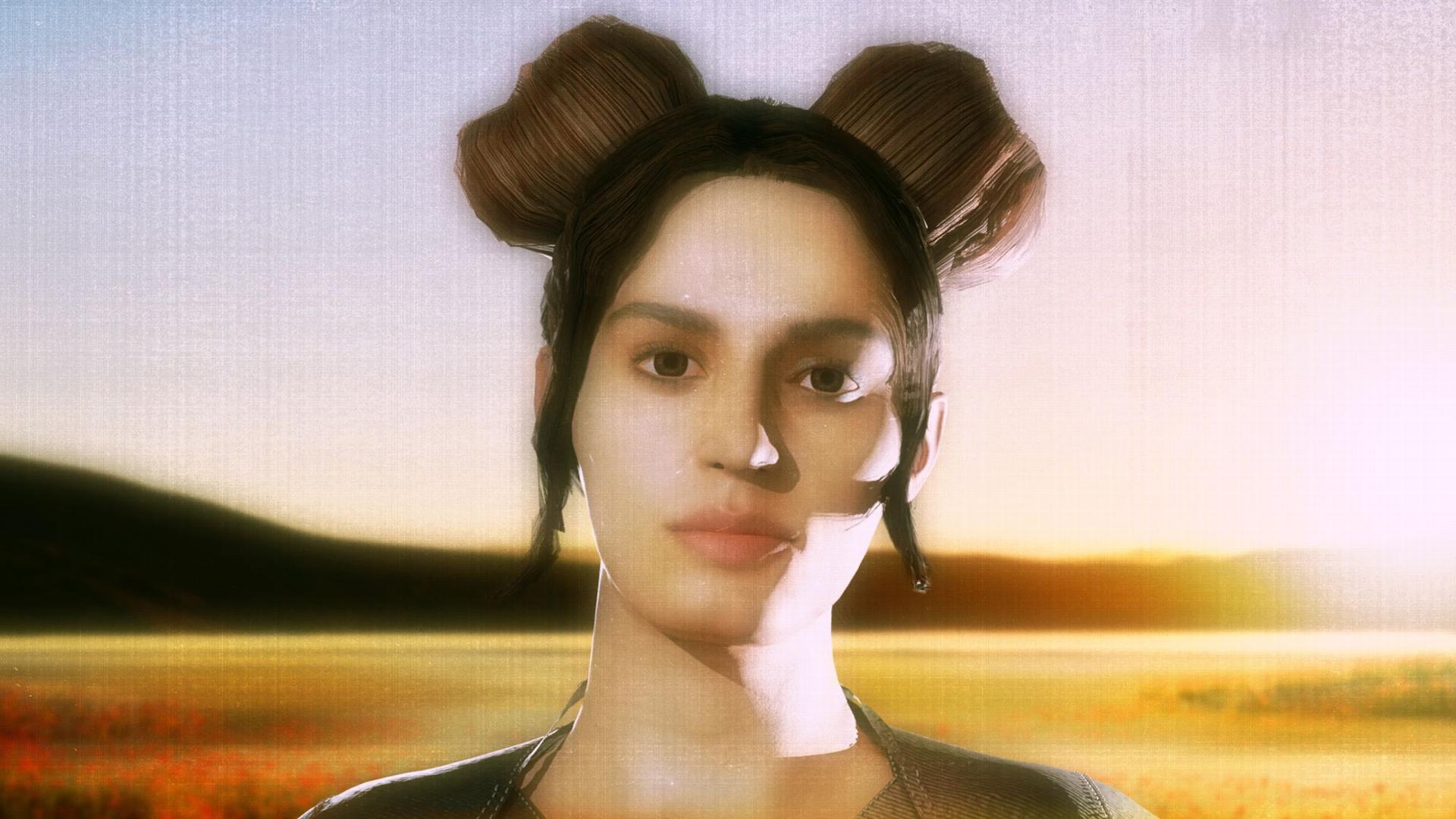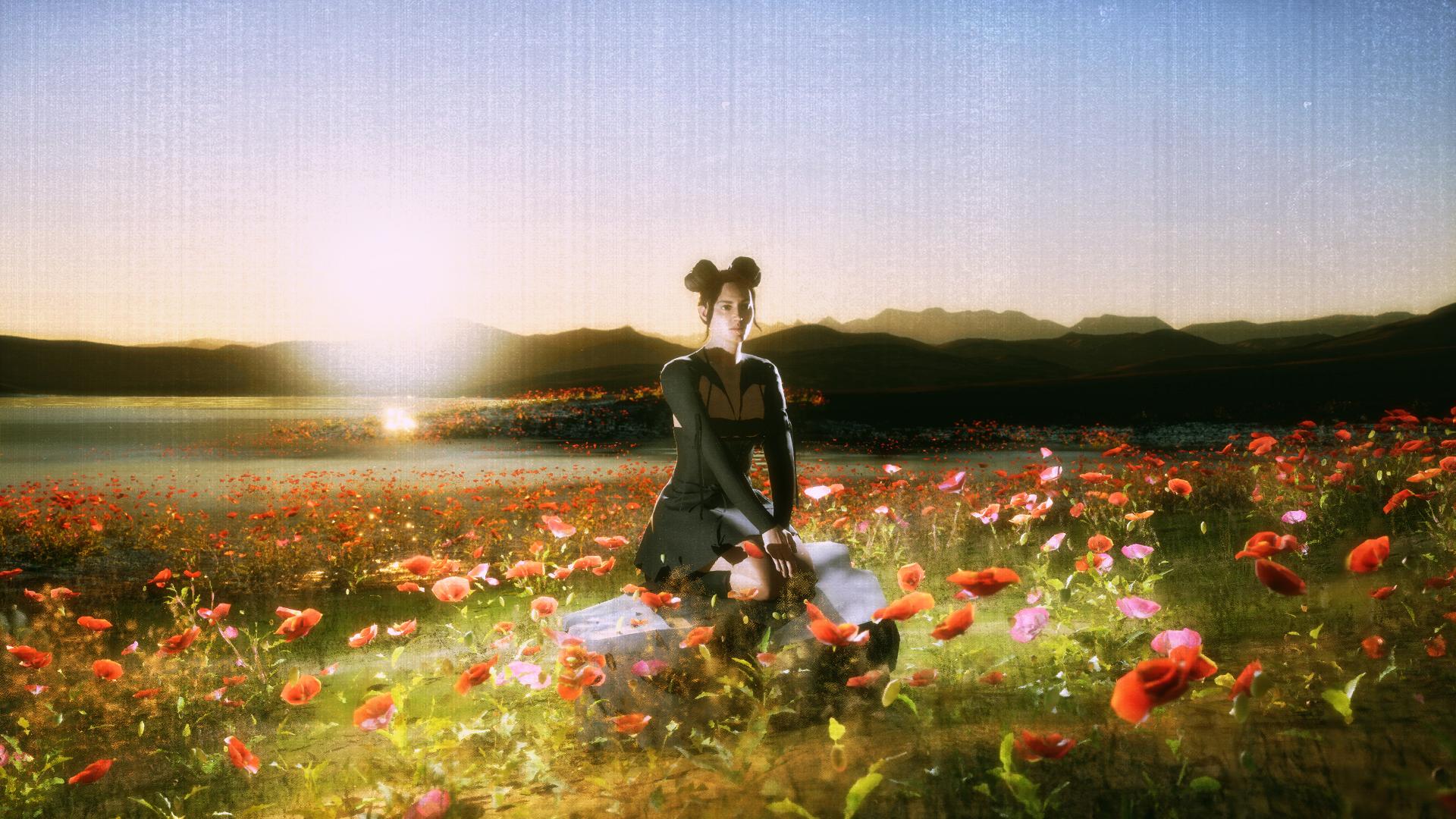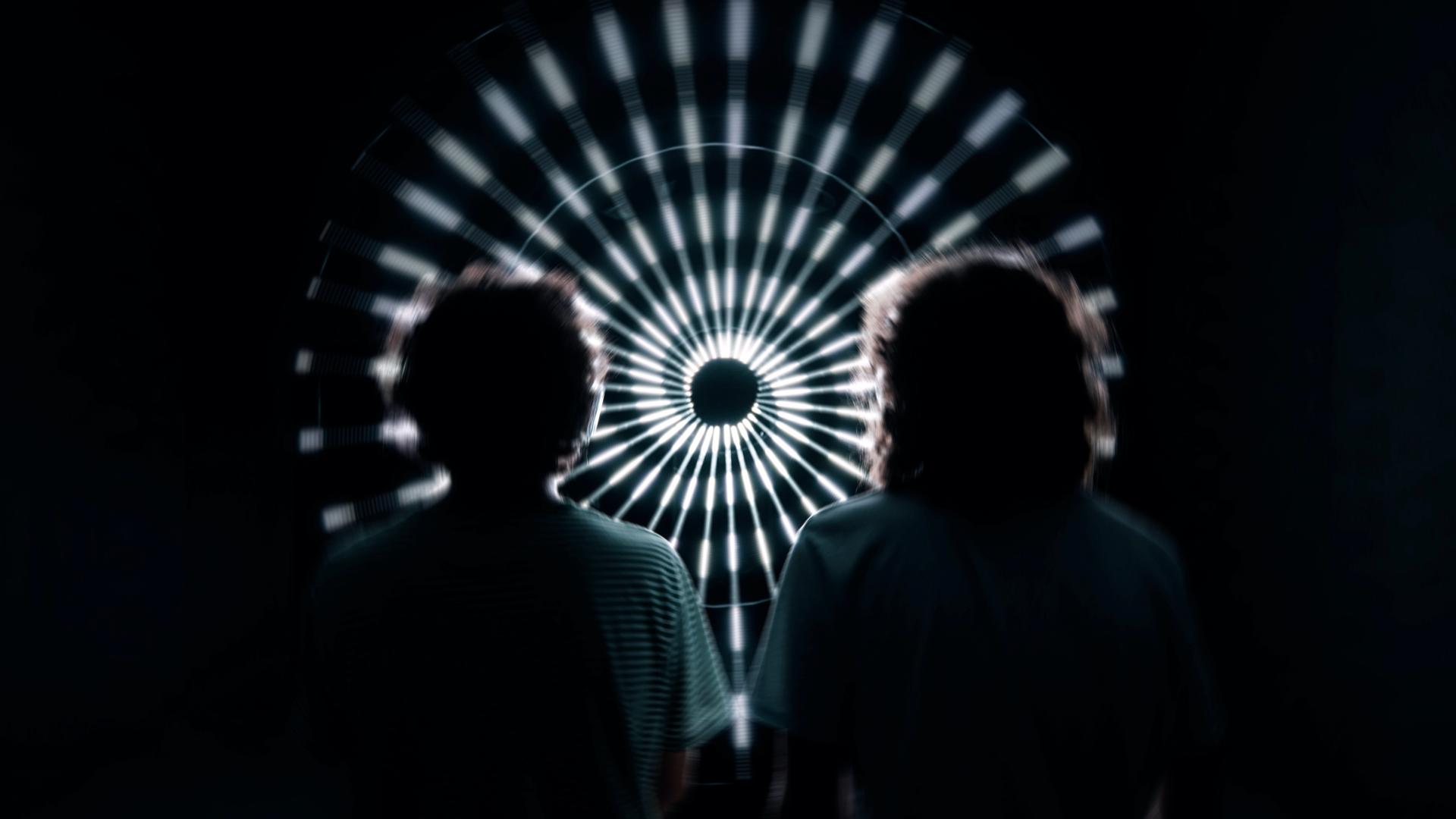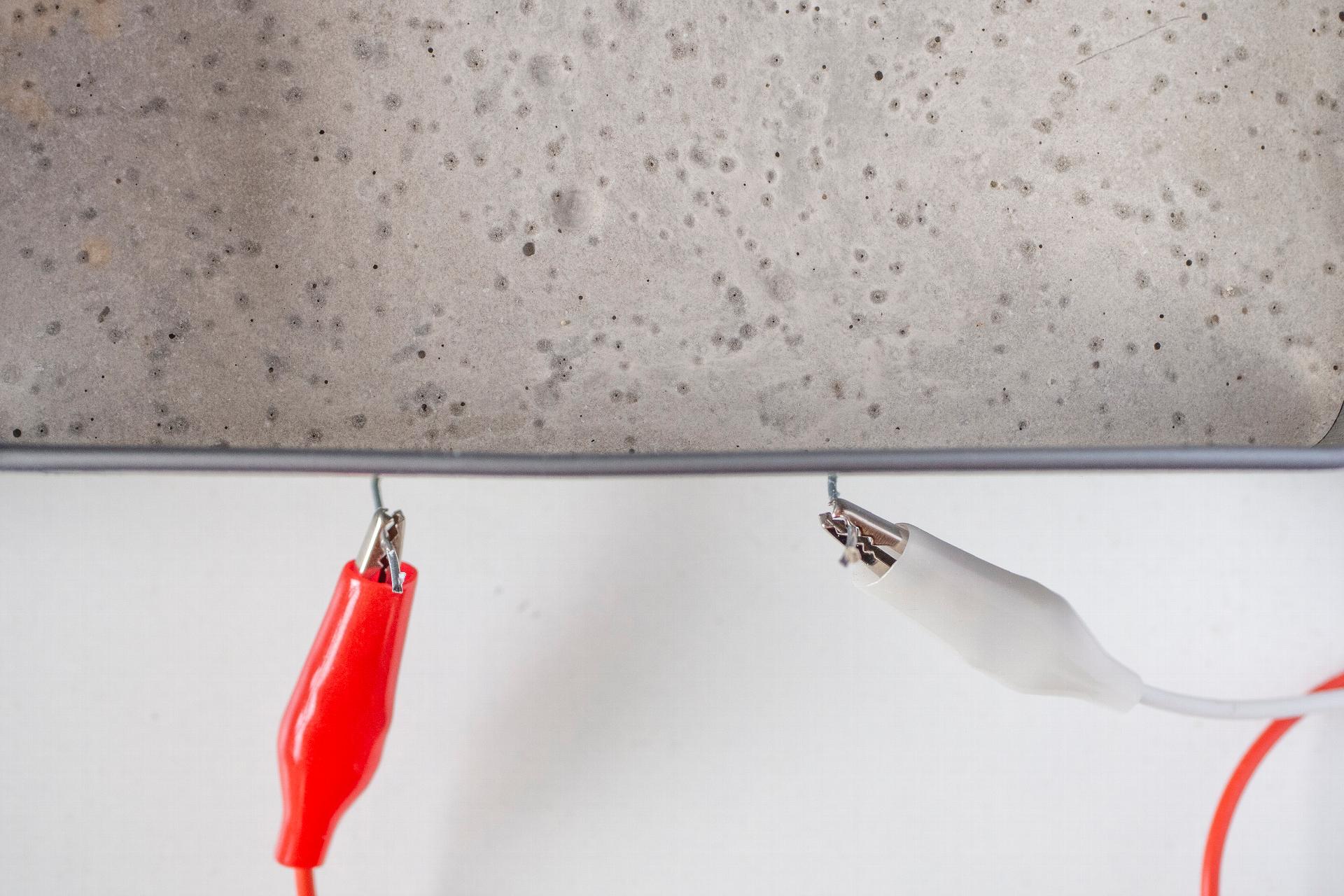Four Catalan projects are on the bill of Ars Electronica 2024, the renowned international festival of digital culture that has been exploring the intersection between art, technology and society for over four decades through exhibitions, performative actions, concerts, conferences and symposia. Marc Vilanova, Maria Arnal, Albert Barqué-Durán, Marc Marzenit and Azahara Cerezo are the creators of these proposals that can be seen in Linz, in an edition whose motto is HOPE – who will turn the tide and emphasizes the global challenges we face and the role of art and technology in overcoming them.
With the support of the Institut Ramon Llull, the central exhibition of Ars Electronica 2024 presents Cascade, by Marc Vilanova, a sensory and immersive installation that reveals a dialogue ordinarily beyond the reach of human hearing, between waterfalls and other living beings. Waterfalls emit infrasound frequencies that are essential for the navigation of certain birds, which use them as a kind of compass during their migrations. These frequencies are now threatened by the noise pollution caused by industrialization. Through recordings made at various waterfalls, Cascade materializes in a luminescent optical fibre the vibration generated by these infrasounds. Sound waves cascade down the luminous strings and generate a movement similar to the flow of water. The public is invited to move through the work and perceive this invisible energy by touching the strings and feel how they vibrate on the skin, raising their awareness of human beings’ connection with all forms of life on the planet.
Maria Arnal's Maria CHOIR project will receive an honourable mention at the S+T+ARTS 2024 awards of the European Union. The awards are given during the Festival and acknowledge projects or people who contribute knowledge and innovation to address the continent’s social, ecological and economic challenges. Maria CHOIR was part of the IA exhibition: Artificial intelligence of the CCCB, curated by Lluís Nacenta. In Linz participants will be able to see this immersive and human musical installation that invites them to explore the limits of singing and listening through real-time interaction with an AI. Using singer Maria Arnal’s voice, a unique duet is created between the visitor and the AI that evolves into a choir. The work reflects on how voice synthesis models are radically changing the paradigm of what is a singing voice in the contemporary musical landscape.
The NewArtFoundation presents VESTIBULAR_1 by Albert Barqué-Durán and Marc Marzenit in the Ars Electronica Features section, continuing their participation in the festival, which began in 2018. VESTIBULAR_1 is an immersive audiovisual installation that invites the audience to stroll through a structure that induces illusory sensations of self-movement, temporarily altering the audience’s vestibular signals through specific patterns and configurations of sound and light stimuli. The installation is based on the innovative research of the VeME (Vestibular Multisensory Embodiment) Lab at Royal Holloway, University of London, which investigates the role of vestibular signals in the perception and representation of the body and the external world, and their effects on aesthetic preferences.
The artist Azahara Cerezo is a member of the group exhibition Objects in residence by Baltan Laboratories, together with Thomas Thwaites and Marie Dvorzak. Her work, Sediments of power, is based on lithium batteries as one of the components that have made our relationship with electronic devices and apparatus more portable - and more dependent - and wants to reflect on the ambivalences of the so-called "Twin Transition", which refers to the integration of digital transformation with ecological transition, and their effects on our ways of living. The installation will be built progressively in Linz: a series of cement batteries will be made during the festival and their microvoltage will be used to turn on a scaled remote arrangement of small lights placed where Europe’s main lithium extraction projects are planned.
In its previous edition, Ars Electronica scheduled 575 events in 13 spaces in Linz and its metropolitan area, in which 1,542 artists, scientists, developers, designers and activists from 88 countries participated. The event received 88,000 visitors.
You can check the previous Catalan participations in the Festival on these links: 2023, 2022, 2021, 2020.

